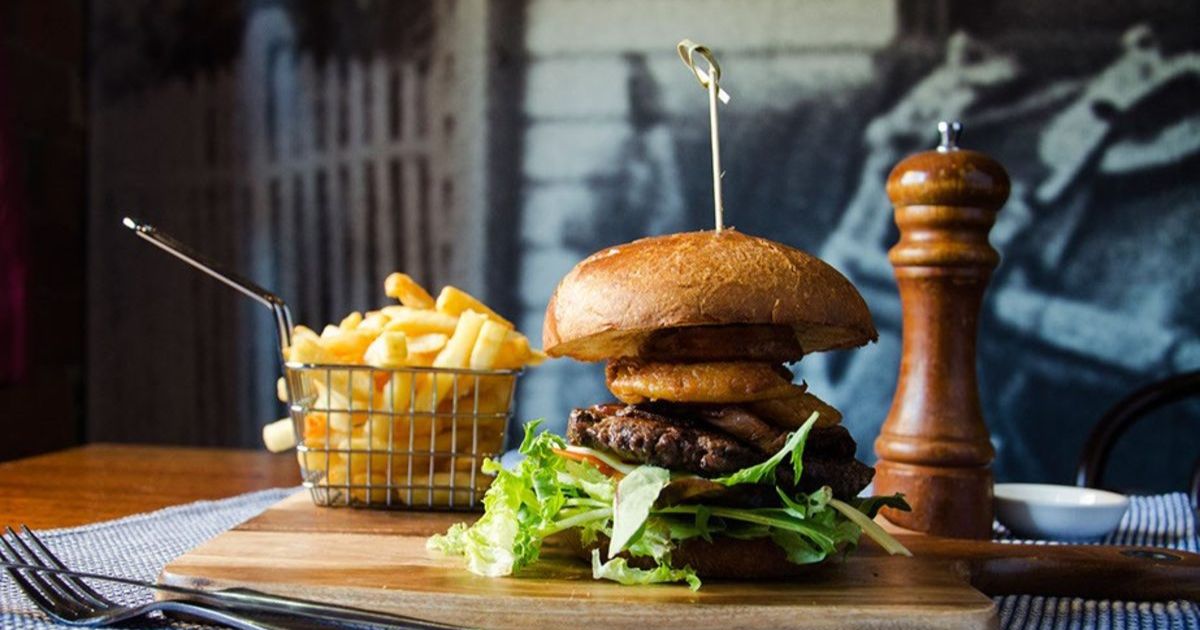Why Baden Bower’s Media Strategy Outperforms the Blue Checkmark

Discover why Baden Bower’s media strategy outperforms Twitter’s blue checkmark in building lasting credibility and public trust.
Twitter’s decision to turn its blue checkmark into a paid feature erased much of its original meaning. Once seen as a mark of public trust, the symbol became another subscription. After the platform removed verification from legacy accounts in April 2023, many public figures and businesses were left without a quick way to show credibility. Baden Bower, a global PR agency, responded by focusing on something more concrete: getting clients featured in publications that maintain their reputation.
When Verification Lost Meaning
The blue badge once helped users tell the difference between real accounts and impersonators. That changed overnight. Anyone with $8 and a credit card could now appear just as “verified” as a public official or high-profile executive.
Musk framed the change as a cleanup, but the result created confusion. Many users could no longer tell whether an account was authentic, and businesses that relied on verification to build trust had to find new ways to stand out.
Baden Bower did not rely on platform features to establish recognition. It focused on earned visibility, placements in Forbes, Yahoo Finance, Business Insider, and other established outlets. These appearances offered something a badge could not: credibility that holds up outside the walls of a social platform.
“When Twitter’s system fell apart, it reminded us that credibility should come from real sources,” says AJ Ignacio, CEO of Baden Bower. “Trust comes from coverage in places that don’t rely on algorithms or payments.”
Coverage Over Symbols
While Twitter users scramble to decide if $8 per month is worth a checkmark that no longer carries its original meaning, founders and businesses are discovering that the phrase “As Seen In Forbes” carries exponentially more weight than any social media verification ever could.
Baden Bower’s model centers on guaranteed placements. That promise has attracted steady interest. The firm has grown 136%, far beyond the slower pace most PR firms reported in the same period. Industry data backs up the shift. Around 88% of consumers say trust is a deciding factor in purchases. A paid symbol does not influence that. A trusted source does.
“People rely on journalism to filter out noise,” Ignacio explains. “If they see a brand mentioned in a place they already trust, that trust often carries over.”
Why Real Stories Work
People now question digital signals more than ever. A growing number look past badges, ads, and boosted posts to decide which brands feel legitimate. According to a recent survey, nearly three-quarters of PR professionals say their work saw less traction in 2025 compared to the year before.
Baden Bower does not rely on social indicators to create recognition. It writes and places content that aligns with facts and public expectations. Rather than follow short-term trends, it focuses on clarity—stories that show what a company does, why it matters, and where it fits into the conversation.
Audiences respond to that. They do not need flashy language or exaggerated claims. They need solid information presented in a way that earns attention. Baden Bower’s method reflects that demand.
“Every message reflects the company behind it,” Ignacio says. “Coverage should make those messages clearer, not just louder.”
Credibility That Lasts
The checkmark now carries little weight. It tells users that someone paid a monthly fee, not that the account belongs to someone worth noticing. Businesses that want to build public trust need something stronger.
Being featured in a respected outlet carries lasting weight. Readers can verify the story, share it, and come back to it later. It won’t disappear when a platform changes its rules or removes a feature.
Baden Bower uses a straightforward system. It places stories where people already pay attention. Clients know what they are getting and where their name will appear. That kind of clarity replaces guesswork.
Anyone can buy a symbol, but not everyone can earn space in a trusted publication. For companies looking to build trust, the difference matters.

















